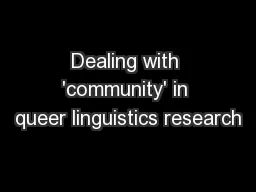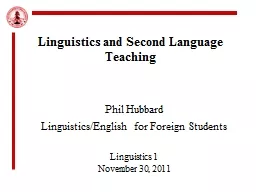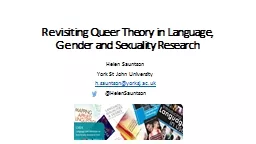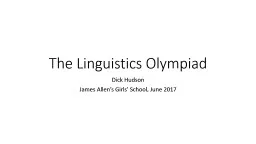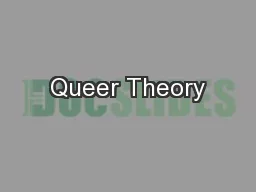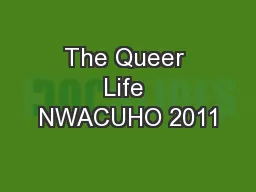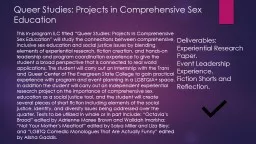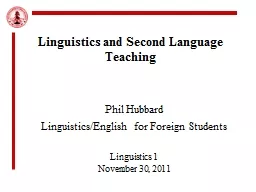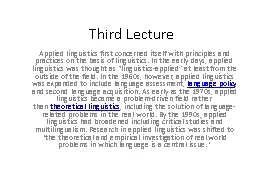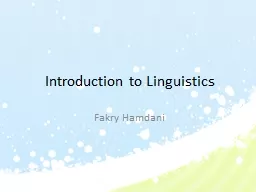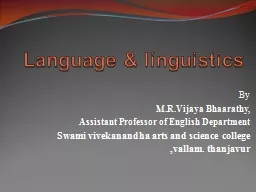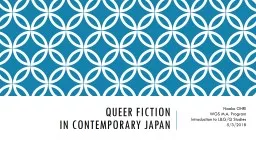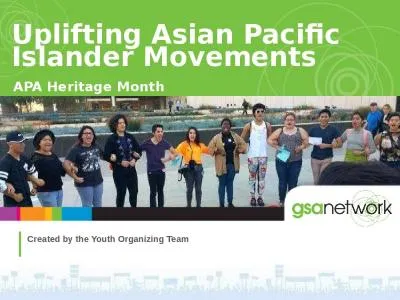PPT-Dealing with 'community' in queer linguistics research
Author : phoebe-click | Published Date : 2016-05-22
Lucy Jones 6 th BAAL Gender and Language Special Interest Group Aston University 10042013 Why community The gay community Ideologicalimagined Gay scenes Shared language
Presentation Embed Code
Download Presentation
Download Presentation The PPT/PDF document "Dealing with 'community' in queer ling..." is the property of its rightful owner. Permission is granted to download and print the materials on this website for personal, non-commercial use only, and to display it on your personal computer provided you do not modify the materials and that you retain all copyright notices contained in the materials. By downloading content from our website, you accept the terms of this agreement.
Dealing with 'community' in queer linguistics research: Transcript
Download Rules Of Document
"Dealing with 'community' in queer linguistics research"The content belongs to its owner. You may download and print it for personal use, without modification, and keep all copyright notices. By downloading, you agree to these terms.
Related Documents

